The Wingman Harness is a patented revolutionary product designed to provide therapy and support to adult and pediatric patients with movement limiting conditions.
Therapy:
Physical and Occupational therapists, both adult and pediatric, and parents, trust the Wingman Harness to provide variable truncal support for their patients and children for gait training, treadmill training, seating support, hippotherapy, and assistance with general ambulation. It is also good for help with transitions from one place to another. The design is comfortable for the patient and easier for the therapist and parent or caregiver. The design not only ensures the patient gets maximum benefit from the therapy, but allows the therapist or parent to not fatigue as easily and be in as much control as they feel necessary on any given session. The units are adjustable and lightweight. G-tubes and ports can easily be avoided during the fitting process. This harness works well when assisting visually impaired clients as well.
Gait Training:
The Wingman Harness is excellent for gait training. It encourages a more natural upright posture, extension of the hip flexors, and engagement of the core muscles. The Wingman Harness also allows a more natural use of the upper extremities and head control also required for a more natural gait experience. While gait training the Wingman Harness helps prevent falls and injury. When combined with a treadmill at the home, the Wingman Harness can provide a valuable home therapy experience to greatly augment the traditional therapy received in the office. Parents can also encourage gait training activities in normal daily activities.
Adaptive Activity Core Support:
The Wingman Harness is ideally suited for assistance in adaptive activities. Adaptive activities have unique balance and control requirements. The Wingman Harness allows a therapist or other individual, to be in a supportive role by having unobtrusive variable control of the torso, the major component of balance. This also allows the therapist or other individual to be in a position to reduce falls and injuries since they are supporting the wearer of the harness as needed. By being in control of the torso alone, the individual/patient is allowed to work on control of the hips, legs and arms and have total head control. With this approach, the wearer of the harness/patient, not the therapist or other individual, is in control of the adaptive equipment. This enables the wearer of the harness/patient to learn motor control faster and more efficiently than what typically happens when someone else has a hand on the adaptive equipment, or the patient/individual’s hands to keep them upright.
Accessories:
Ceiling Mount Kit: This kit allows attachment of a high quality lanyard to the harness for attachment to the ceiling and thus provides support during treadmill or bike training.
Leg Straps: Some therapy regimens can require leg straps, while others do not. They are here if you need them.
Chest/Abdomen Strap Expansion: For use on any harness for those who may be more developed across the chest or abdomen.

